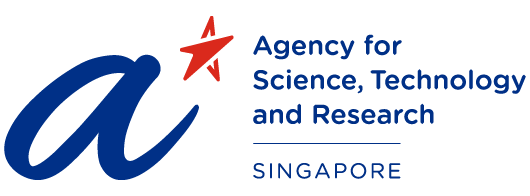DEXTEROUS MANIPULATION
Dexterous manipulation is a critical capability for robots operating in complex, unstructured or dynamic environments. It enables robots to handle a wide variety of objects and tasks with precision, adaptability, and autonomy.
A*STAR focuses on developing intelligent manipulation systems that combine tactile sensing, learning-based control and motion planning to perform fine, contact-rich interactions with the environment. Integrated with real-time perception, these systems can operate effectively in dynamic settings, extending their reach and flexibility. The systems also incorporate intuitive human-in-the-loop control to support human safety and efficient semi-autonomous operation in challenging scenarios.
.jpg?sfvrsn=7aa1e7cf_0)
KEY RESEARCHERS
- Dr. Wu Yan, A*STAR Institute for Infocomm Research (A*STAR I2R)
- Dr. Liang Wenyu, A*STAR Institute for Infocomm Research (A*STAR I2R)
- Dr. Acar Cihan, A*STAR Institute for Infocomm Research (A*STAR I2R)
- Dr. Zhao Xinyuan, A*STAR Institute for Infocomm Research (A*STAR I2R)
A*STAR celebrates International Women's Day

From groundbreaking discoveries to cutting-edge research, our researchers are empowering the next generation of female science, technology, engineering and mathematics (STEM) leaders.
Get inspired by our #WomeninSTEM
